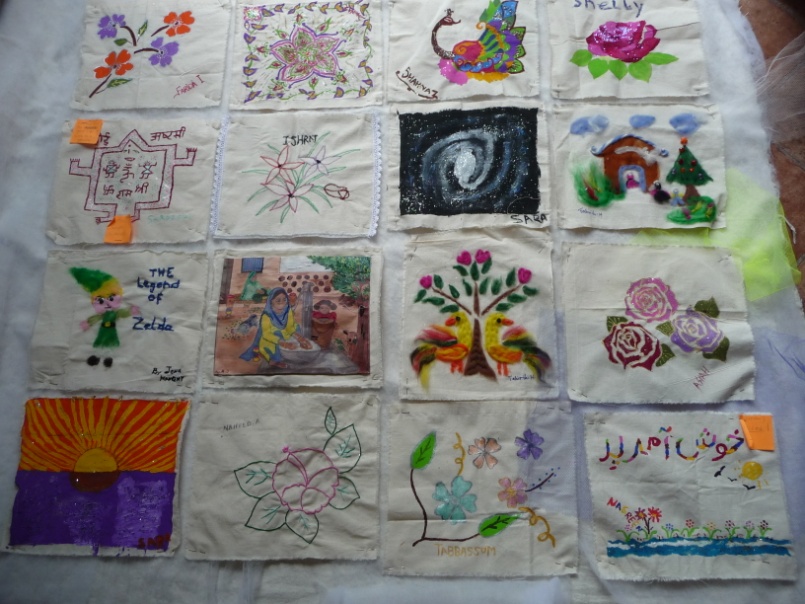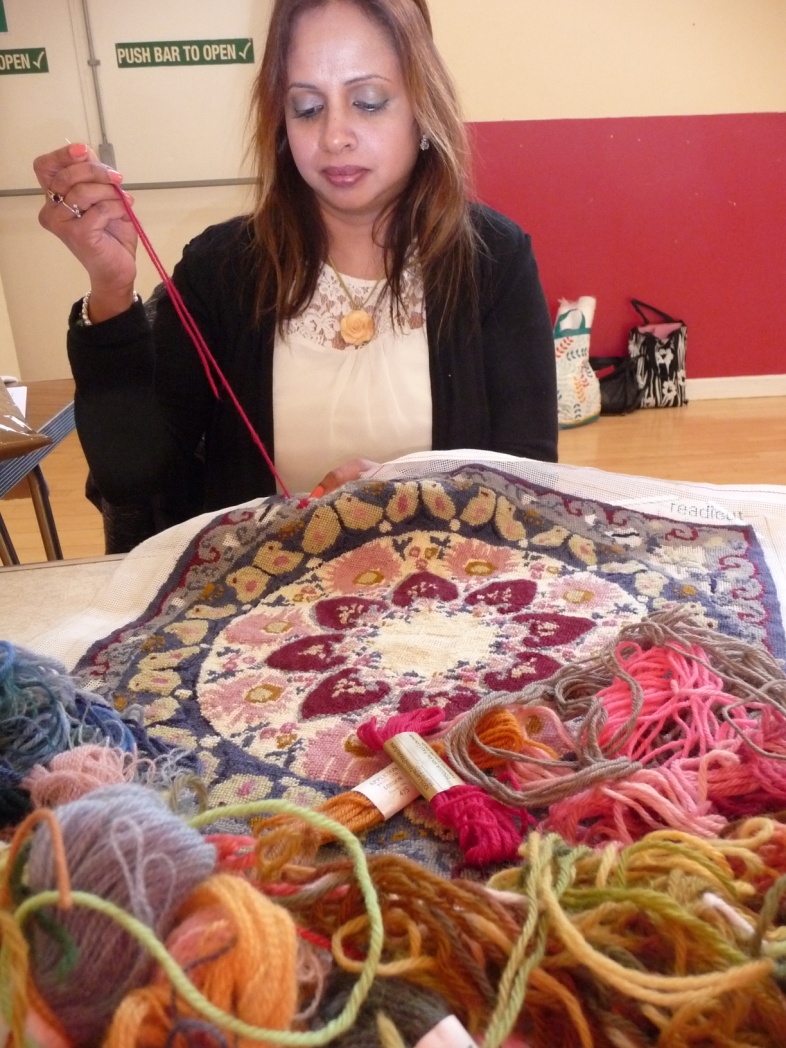Written by Claire Wooldridge, Graduate Trainee Library Assistant
As progress continues to integrate the library and archive of the Landscape Institute into our MERL collections, here’s a brief look at another of our favourite items:
The art & craft of garden making by Thomas H. Mawson (London: B.T. Batsford, 1900)

A Country House and Garden, double page illustration from Mawson, 1900
In his first book, Mawson demonstrated his expertise as a landscape designer, who rose from humble origins to become the leader of his field, undertaking major commissions in Britain, Europe and Canada and in 1929 becoming the first president of the Institute of Landscape Architects.

Mawson, Art & Craft of Garden Making, 1900
Thomas Hayton Mawson (1861-1933) was a well-known landscape architect, garden designer and town planner thought by many to be the leading practitioner of his time. In the early 1880s Mawson and his brothers established their own firm. Based in Windermere, Mawson received commissions to design private gardens and as the firm grew took on work across the country.
By 1900 Mawson had achieved such success and acclaim to allow him to leave Mawson brothers and pursue landscape design independently. Becoming the leader of his field, Mawson took on many high profile private and public projects, working for example for Queen Alexandra and the maharaja of Baroda. His public works include Haslam Park in Preston and internationally the Peace Palace gardens at The Hague, which Mawson won a competition to design in 1908.
In the same year as leaving Mawson Brothers, the first edition of Mawson’s The art & craft of garden making was published. This ran to several editions, many of these are held here at MERL, with our holdings furthered by the acquisition of a first and second edition of the work from the Landscape Institute Library.
The first edition featured here is bound with the publisher’s original green cloth and is finished with beautiful gilt decoration. The volume is illustrated with perspective views drawn by Mr. C.E. Mallows, chapter headings designed for the title by Mr. D. Chamberlain and extensive, varied and intricate depictions of plants, plans of gardens and garden ornaments.

Chapter 2 illustrated heading, Mawson, 1900

Plan from Mawson, 1900
Clearly concerned by recent treatment of the topic of landscape gardening, Mawson’s preface reveals his desire to restore the image of the practice in public perception and counter claims that beautiful gardens occur more by ‘accident’ than design. I can’t help but wonder who Mawson might have in mind here… do get in touch if you have any ideas!
‘Garden making; it has been said is the only art which, owing to accidental development and un-looked for groupings, the realisation surpasses in beauty the original conception… a caustic critic seizing upon this statement has referred to landscape gardening as an art which relies upon accident for its effects. Whilst not fully admitting the justice of this criticism… the writings and practice of many men who have undertaken to lay out gardens, have given cause for it… no such desirable object as garden making has suffered so much from the inattention of those who have been most capable of guiding and advising.’ – p. xi.
Mawson’s archival collection is held at the Cumbria Record Office, Kendal.












































